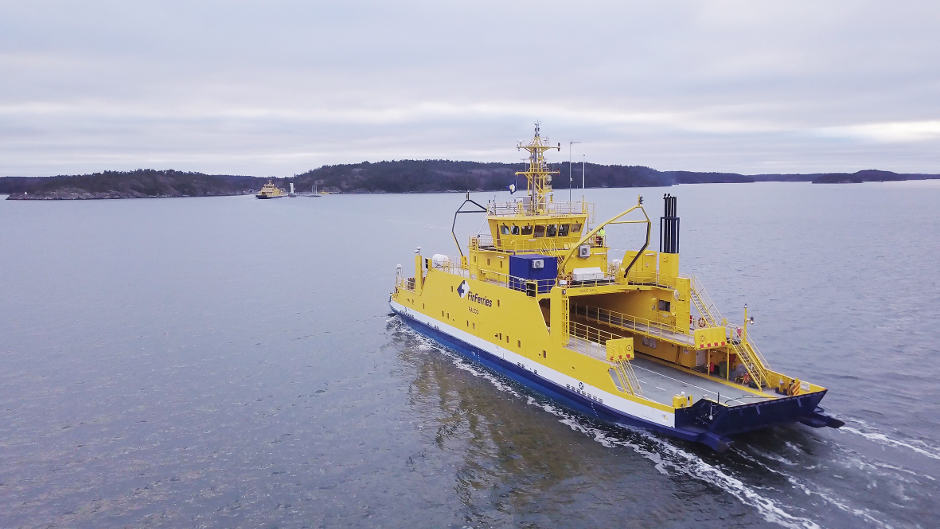
The Falco used a combination of Rolls-Royce Ship Intelligence technologies to make the outward journey. The vessel detected objects using sensor fusion and artificial intelligence and conducted collision avoidance. It also demonstrated automatic berthing with an autonomous navigation system, a feature that enables the vessel to automatically alter course and speed when approaching the quay.
According to Rolls-Royce, the Falco is equipped with advanced sensors which allows it to build a detailed picture of its surroundings in real time. The situational awareness picture is created by fusing sensor data and relaying it to Finferries’ remote operating centre on land, which is 50km away in Turku city centre. Here, a captain monitors the autonomous operations, and can take control of the vessel if necessary.
"Autonomous shipping will happen"
Earlier this year Rolls-Royce and Finferries began collaborating on SVAN (Safer Vessel with Autonomous Navigation), to continue implementing the findings from the earlier Advanced Autonomous Waterborne Applications (AAWA) research project, funded by Business Finland.
Mikael Makinen, Rolls-Royce, president – Commercial Marine, said: “Today marks a huge step forward in the journey towards autonomous shipping and reaffirms exactly what we have been saying for several years, that autonomous shipping will happen.
“Today’s demonstration proves that the autonomous ship is not just a concept, but something that will transform shipping as we know it.”
Mats Rosin, Finferries’ CEO, added: “As a modern ship-owner our main goal in this cooperation has been on increasing safety in marine traffic as this is beneficial for both the environment and our passengers. But we are also equally excited about how this demonstration opens the door to the new possibilities of autonomous shipping and safety.”
The Falco entered service with Finferries in 1993 and is equipped with twin azimuth thrusters from Rolls-Royce.




Glasgow trial explores AR cues for autonomous road safety
They've ploughed into a few vulnerable road users in the past. Making that less likely will make it spectacularly easy to stop the traffic for...